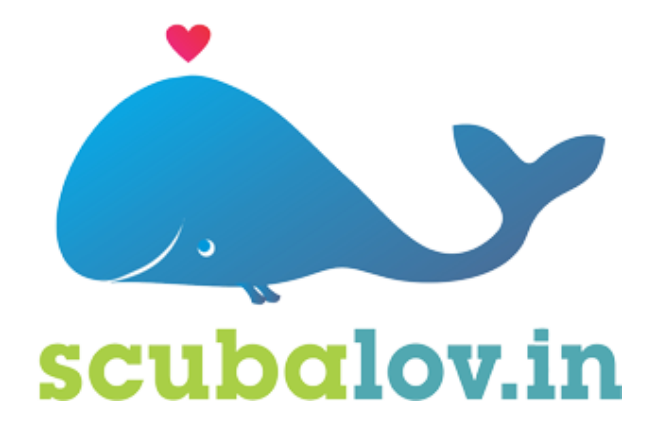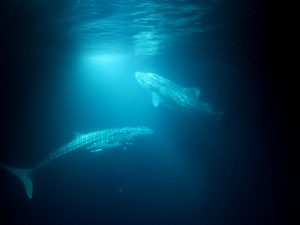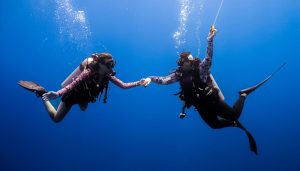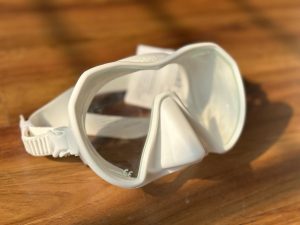Ever seen a turtle gliding in absolute zen mode in deep waters? That’s some expert-level buoyancy control. Buoyancy control is the art of finding the perfect balance between floating and sinking while scuba diving. It’s an essential skill that not only makes your dive more enjoyable but also keeps you safe and protects the underwater world. Good buoyancy control means you can glide effortlessly through the water, save energy, conserve air, and avoid damaging fragile marine life. So, how can you improve it? Let’s break it down into three easy steps!
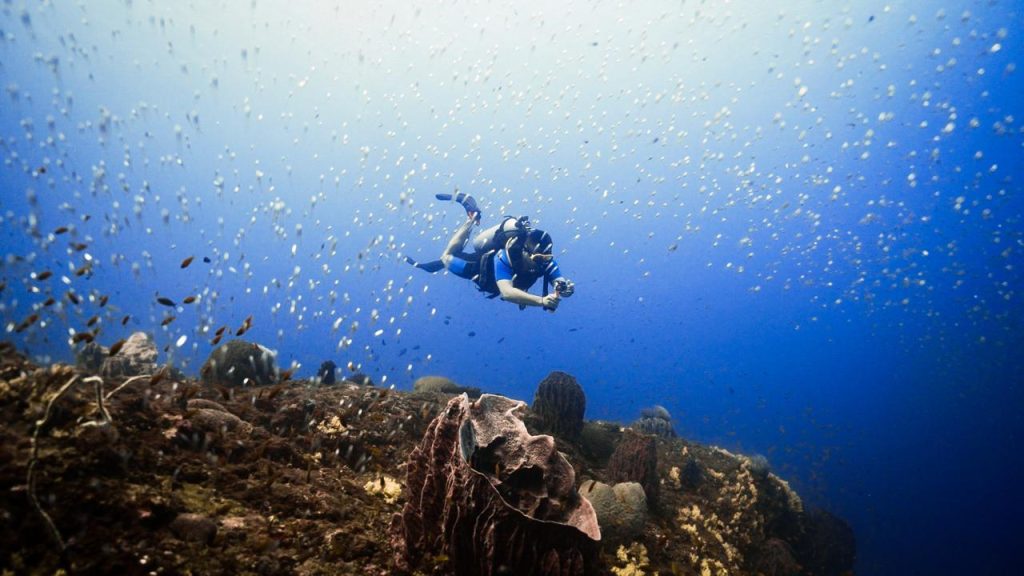
Step 1: Perfect Your Weighting
Getting your weight right is the foundation of buoyancy control. If you’re carrying too much weight, you’ll constantly be fighting to stay afloat, while too little weight means you’ll struggle to descend or stay steady underwater.
How to Get it Right?
Start with a buoyancy check: At the end of your check-out dive when your tank is at 50 bar, do a weight check on the surface. With your BCD (Buoyancy Control Device) empty and your lungs half-full, you should float at eye level. If you’re overweight, you’ll sink too fast and risk stirring up the seabed, affecting visibility for everyone. With proper weighting, you’ll hover easily, keeping the environment undisturbed and your dive enjoyable.
Step 2: Master Your Breathing
Believe it or not, your lungs are a built-in buoyancy tool! By simply adjusting your breathing, you can fine-tune your position in the water without constantly inflating or deflating your BCD.
How to Do It?
- Breathe slowly and deeply: Controlled breathing helps keep your buoyancy stable. Inhale to float up slightly, and exhale to descend a bit. This allows you to make subtle adjustments without expending too much energy.
- Avoid shallow, rapid breaths: Quick, shallow breathing causes fluctuations in buoyancy, making it harder to stay balanced. Slow, relaxed breathing keeps you calm and in control.
Imagine you’re drifting along a coral wall. By controlling your breathing, you can float slightly upwards to avoid getting too close to the coral, minimizing any risk of accidental contact. You’re in total control without needing to touch your BCD.
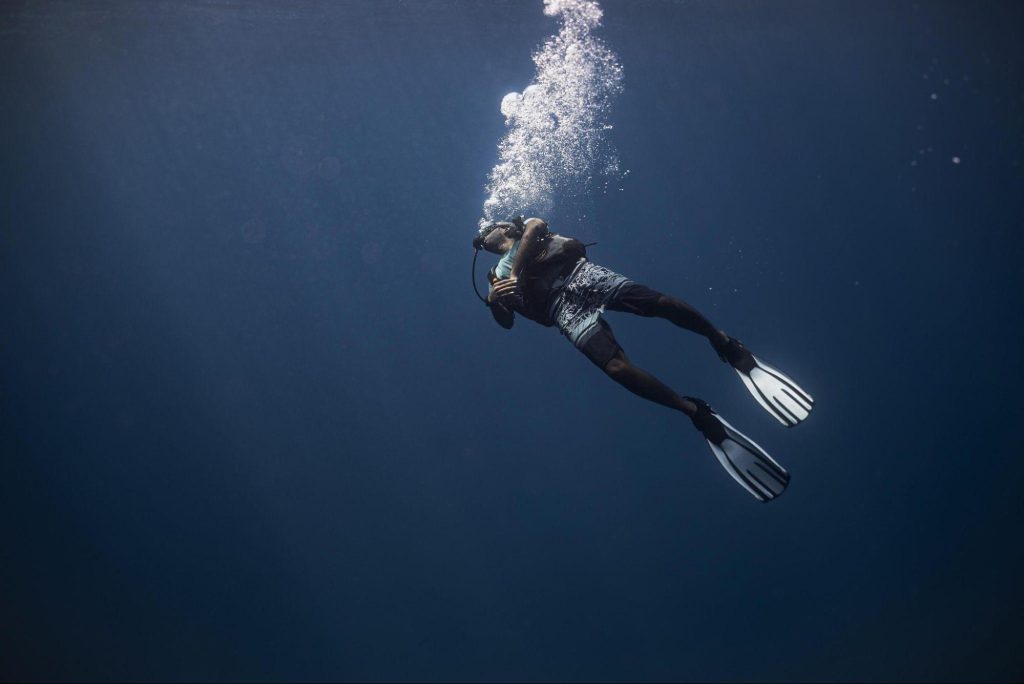
Step 3: Use Your BCD Wisely
Your BCD is a valuable tool for buoyancy control, but it’s not meant for constant adjustment. Once you’ve got your weights and breathing in check, use your BCD sparingly to make bigger buoyancy changes, such as during your descent or ascent.
How Do I Manage?
- Add air gradually: When descending, add small bursts of air to your BCD to slow down and avoid descending too quickly. This helps prevent ear problems and keeps you at the right depth.
- Release air in small amounts: As you ascend, the air in your BCD will expand, so you’ll need to release some. Venting air slowly and gradually will help you maintain a controlled, steady ascent, avoiding the risk of ascending too fast.
You’re ascending after a dive, and without carefully venting your BCD, you might find yourself rising too quickly, increasing the risk of decompression sickness. By slowly venting air and using controlled breathing, you maintain a safe and smooth ascent! No more woozies!
Bonus Tips for Fine-Tuning Your Buoyancy
- Practice Hovering: Once you’ve mastered the basics, practice hovering in place without kicking or moving. This skill is invaluable for maintaining control during safety stops or when observing marine life up close.
- Trim Your Gear: Proper placement of your weights and other equipment can improve balance and streamline your body in the water. For example, moving weights to your back or hips can help maintain a horizontal position, reducing drag and making buoyancy control easier.
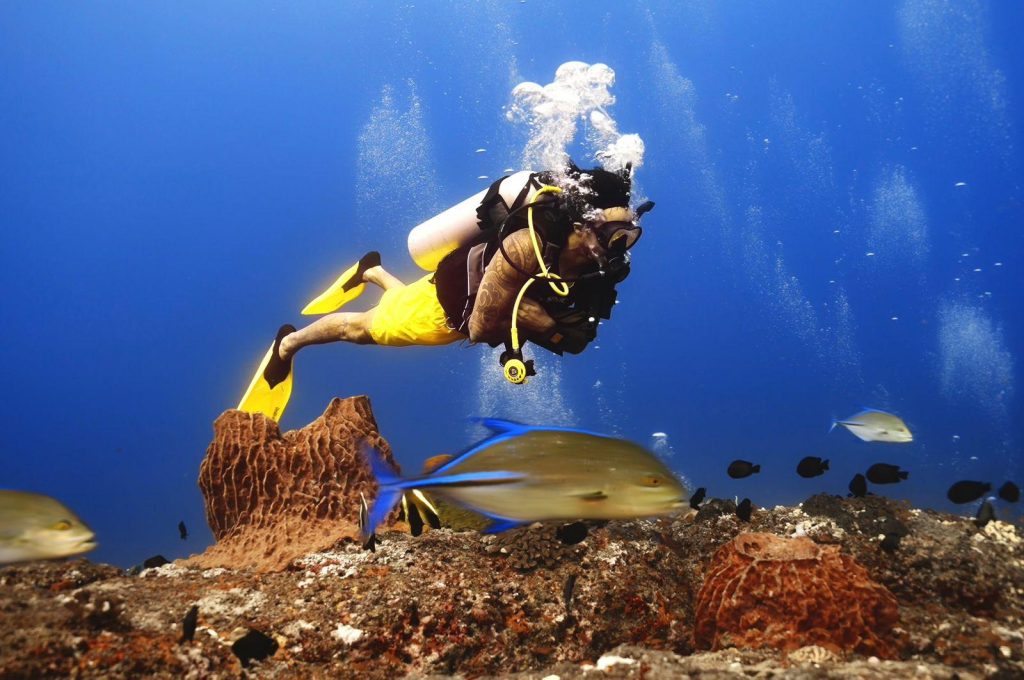
Buoyancy control doesn’t need to be complicated. By focusing on proper weighting, mastering your breathing, and using your BCD wisely, you’ll improve your buoyancy with every dive. Not only will you conserve energy and air, but you’ll also enjoy the dive more and minimize your impact on the underwater world. So, the next time you gear up, remember these three easy steps and dive like a pro!
Learn from the best of the best with Scubalov. Find out more here!
